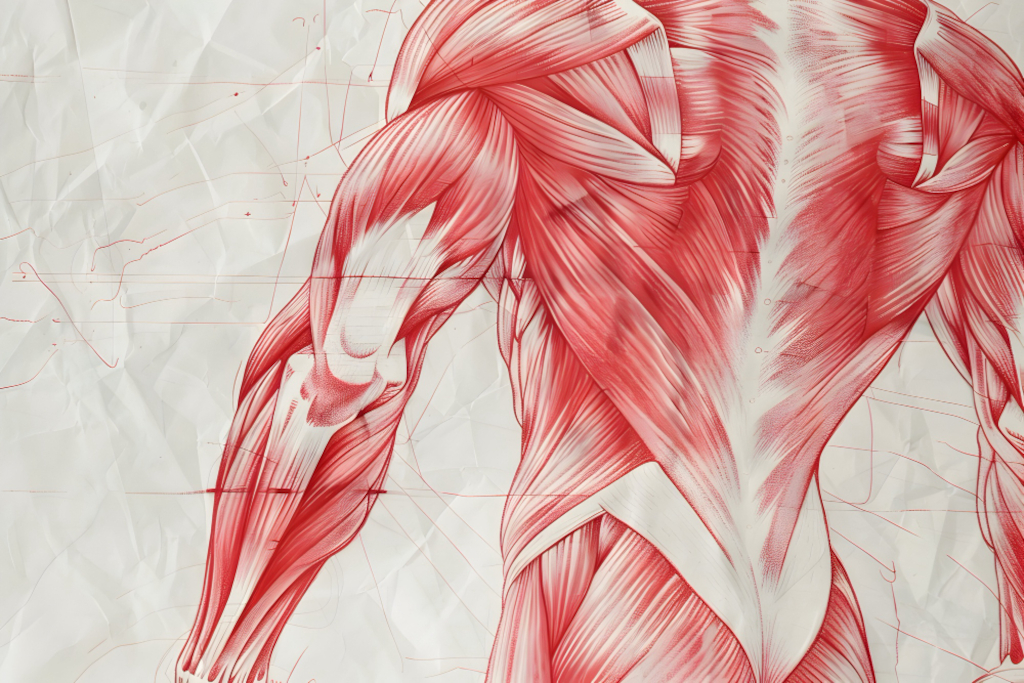You’re mid-run, feeling strong, then suddenly, something snaps. A sharp pain shoots through your leg. You pull up, limping, confused, maybe a little scared. Welcome to the world of muscle strains — a common, frustrating injury that can sideline even the fittest among us.
Whether you’ve strained a hamstring while sprinting, a calf muscle during a hike, or even a back muscle just from getting up too quickly, the result feels the same: pain, swelling, and a frustrating downtime from the activities you love.
The anatomy of a muscle strain
At its core, a muscle strain is exactly what it sounds like: a stretch gone too far. When muscle fibers are forced beyond their limit — often by sudden movement, overuse, or improper form — they can overstretch or tear.
Depending on the severity, a strain falls into one of three grades:
- Mild strain: Just a few fibers are overstretched. May feel sore, but you can still function.
- Moderate strain: More fibers are torn. You’ll notice weakness, swelling, and bruising.
- Severe strain: The muscle is completely or nearly torn. Expect significant pain and loss of function.
Most muscle strains happen where the muscle connects to the tendon — the junction designed to transfer force from muscle contraction into bone movement. And this is exactly where things can get messy when forces become too much to handle.
The chain reaction inside your body
So what’s happening behind the scenes? Once a muscle fiber tears, it may begin to bleed internally. This bleeding triggers your body’s incredible healing system, instantly activating inflammation to protect and begin the repair process.
Here’s the body’s three-phase response:
- Inflammation: Swelling, redness, and pain kick in to protect the area. Think of this as the body calling 911.
- Regeneration: New muscle fibers start to form — tiny replacements for what was lost.
- Remodeling: Scar tissue forms, bonding the new and old together. This is where the function begins to return.
But here’s the catch: if the remodeling process is rushed or interrupted, the scar tissue won’t be as strong or flexible as your original muscle. That’s part of why re-injury is so common.
Real recovery stories and takeaways
Australian hurdler Sally Pearson had already proven herself a dominant force in sprint hurdling, winning Olympic gold in London 2012 and a World Championship title in Daegu the year before. But her path wasn’t without setbacks. In 2013, she suffered two hamstring tears, yet managed to return in time to claim silver at the IAAF World Championships in Moscow.
A serious wrist injury in 2015 and another hamstring tear in 2016 further challenged her resilience, forcing her to miss the Rio Olympics. Pearson’s career became a powerful example of how elite athletes manage complex injuries—and how the science of muscle recovery plays a pivotal role in high-performance sport.
On the flip side, amateur athletes often return to training too soon. A 2021 study from the International Journal of Sports Physical Therapy found that nearly 30% of recreational runners who experienced a calf strain had recurring injury within three months, most due to inadequate rehab and not properly rebuilding load tolerance.
How to heal smarter, not harder
If you’re dealing with a muscle strain—or want to avoid one—remember these key tips:
- Don’t rush healing. Listen to your body. Pain is data, not an inconvenience.
- Start with ice and rest, then transition to gentle movement and physical therapy.
- Focus on gradual strengthening, especially eccentric exercises like slow lowers in calf raises or hamstring curls.
- Replace wishful thinking with a plan. Athletes don’t guess when to return; they test, measure, and track their progress.
Final thought: the body’s whisper
A muscle strain is more than a tweak — it’s the body’s whisper before the shout. A signal that something’s off. Whether it’s poor form, skipped warmups, or pushing too hard too soon, the real fix isn’t just physical — it’s understanding what put you in this position in the first place.
Use the strain as a reset button, not a setback. Your body isn’t breaking down — it’s asking you to build back smarter.




Leave a Comment